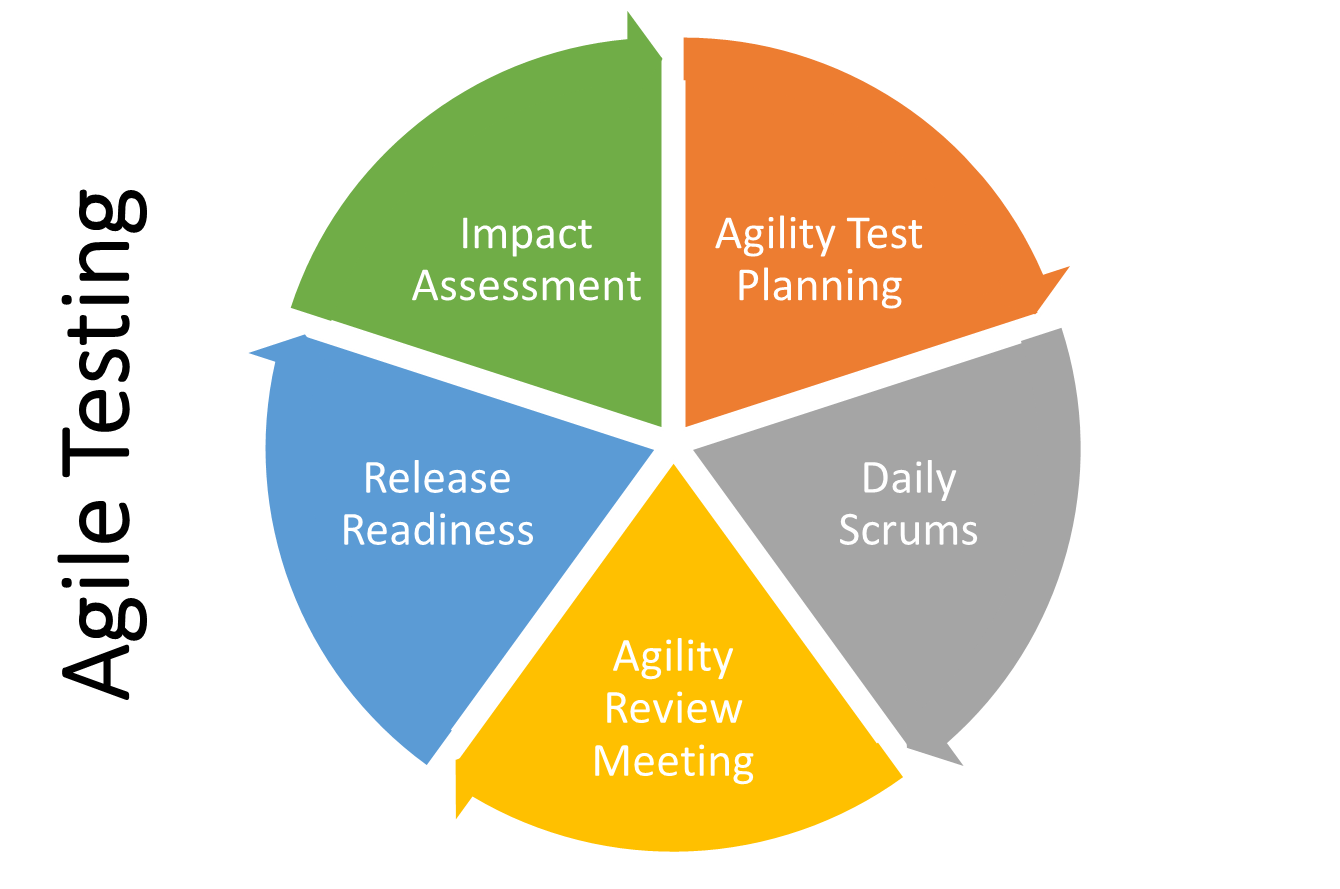We prefer agile test management. What about you?
Categories: general

In testing we usually talk about waterfall and agile project management.
Waterfall project management means separating development and testing into two different processes which do not intertwine. Developers build a software application and hand it over to testers which prepare and execute test plans. During their execution they usually encounter several bugs which are reported back to developers.
Many teams using waterfall management find that as the application grows, the amount of testing grows exponentially. Testers will struggle more and more to keep up. What are the consequences? Simple - either project manager delays the release or chooses option of testing only crucial features. Since time is money, the second option usually prevails and the product is launched no matter the bugs it contains.
Is there really no better option?
Sure it is – agile project management.
Agile project management offers option of launching new bugfree solutions in time.
How is that possible? By creating a better, more efficient, way for developers and testers to reduce the number of bugs while also eliminating potential struggles of project managers.
Ways to creating it may be different, but they all come down to establishing a connection between developers and testers which will drive both teams to working as a team, not two separated teams. Developers and testers should be recognized as equal partners in the process of developing the application. When the application is already finished and handed to testers, as in waterfall test management, project manager is already spending money and time. In agile management the process is turned upside down - testers are involved in the developing process from the early stage on. Take a look of how it works.
Business provides requirements. Developers build applications based on those requirements. Testers are in the meantime focused on missing or badly described requirements based on their previous experiences, they give special attention to potential risks, implementation details and customer` needs. Giving input early in the process offers developers an opportunity to adjust their scripts in time.
Such exploratory testing can be also taken to the next level by testing each part of the code or each feature individually. Surely this can be done manually, but when it comes to agile testing you really should rethink automated testing advantages. When testers can detect bugs in each step of the development, those defects can be easily and quickly repaired. Later on several features can get tested simultanously and in the end application as whole. You will be able to test more features, repair more bugs, provide bugfreee application when introducing it to the market and at the same time catch the deadline!
We know that changes are hard. That is why we are here to lend you a hand.
When adapting new project management approaches you should always ask yourself: »Could this help us? Could adapting agile approach minimize our current efforts and provide us with more time to be spent on creating better products? Will our teams benefit from it?«
We bet you just nodded to all questions. We would love to meet you and share with you our experiences.